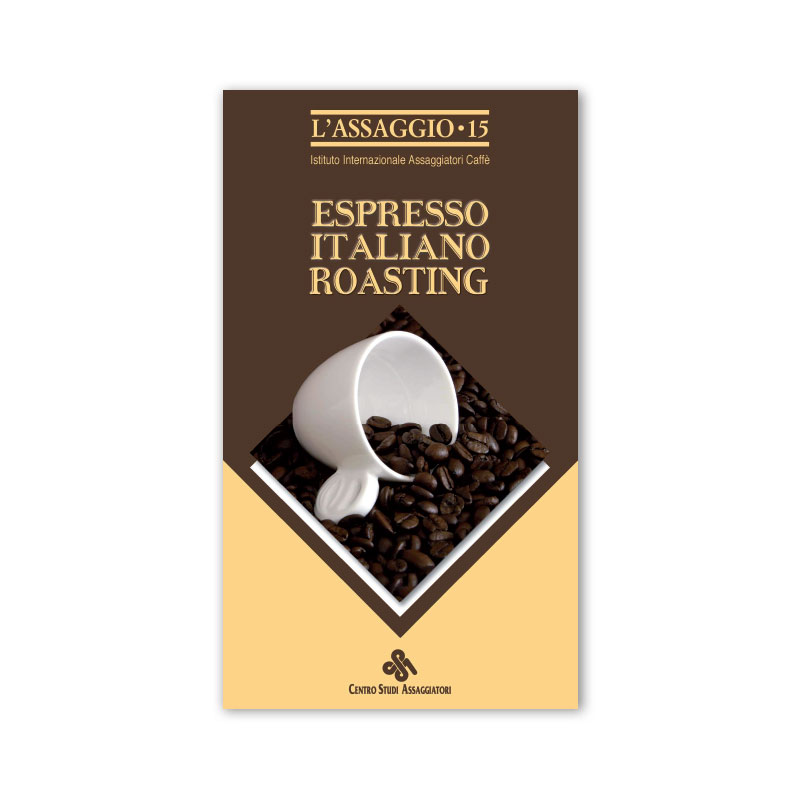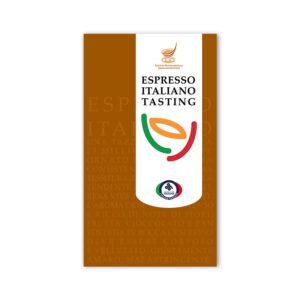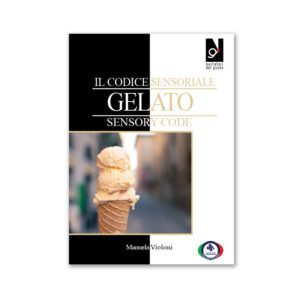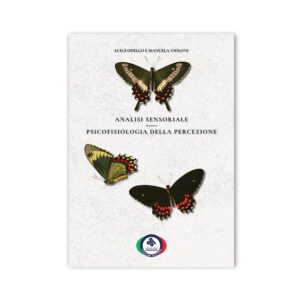Espresso Italiano Roasting
€25,00
What goes into the roasting machine and what comes out
What we put in the roasting machine
What happens in the roasting machine
What leaves the roasting machine
Art plays its role between entrance and exit
Coffee macroconstituents and their behaviour during the roasting process
Carbohydrates
Lipids
Nitrogen compounds
Acids
Minerals
Selecting green coffee
Most common faults
The art and science of roasting
Roasting style does not depend on origin
Many blend components from the same raw material
Nothing can only generate nothing
Right fi re at the right time
What can be produced may be destroyed
Science can only support art
Roasting and aroma development
Acids
Alcohols
Aldehydes
Amines
Ketones
Esters
Phenols
Furans
Hydrocarbons
Lactones
Mercaptans
Oxazoles
Pyrazines
Pyridines
Pyrroles
Sulphides
Thiazoles
Thiophenes
Thiols
The roasting process
Process stages
Roasting curves
Roasting styles
Cooling
Green coffee selection and roasting: chemical and sensory codes
The 5 categories of molecules
Descriptors and correlations
The art of blending
Assessing the blend
Axioms and postulates in blend creation
How many components make a high quality blend?
Description
Italian espresso stands out as a concrete expression of the elegance typical of “Made in Italy”, products covering the key role of testimonial of our agro-food culture. And this is why science can only resort to all the modern available means to photograph this art, hoping to replicate and innovate it.
And the aim of Espresso Italiano Roasting is all about this, in fact it focuses on collecting and arranging the output of coffee research using appropriate technical terms to promote its diffusion, giving special attention to the current available means in the field of coffee roasting. As a matter of fact, each single chapter and paragraph is soaked in sensory analysis, which is the main tool used at present for selecting green coffee, setting the roasting process and realizing the blends. The countless correlations involving chemistry, technology and sensory results will easily guide the readers, giving them the tools to understand phenomena they have certainly already observed in the past without the necessary competence.
The publication is in fact based on the experience that the author has achieved with the courses held by the International Institute of Coffee Tasters, the thousands of consumer and laboratory tests carried out by the Taster Study Centre and the tens of samples that have undergone sophisticated chemical analysis.
Additional Information
| Disponibile nelle lingue | English, Italian |
|---|---|
| Scegli il formato desiderato | Digital |





